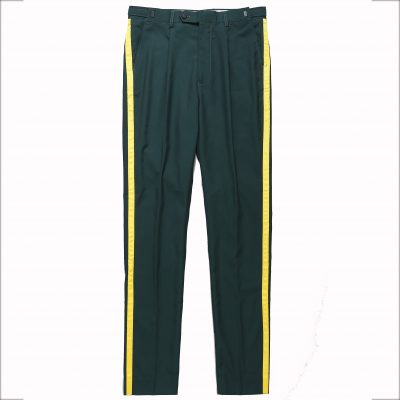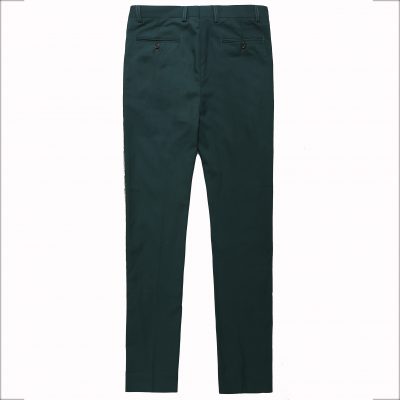Uniforms in healthcare serve a crucial functional role in ensuring hygiene, professionalism, and efficiency within medical settings. Here are some key aspects of the functionality of healthcare uniforms:
1. Infection Control:
- Healthcare uniforms are designed to minimize the risk of spreading infections. They are often made from durable materials that can withstand frequent washing at high temperatures.
- Properly fitted uniforms reduce the risk of contamination, as loose clothing can come into contact with patients or surfaces.
2. Identification and Role Differentiation:
- Uniforms help patients and colleagues identify different roles within the healthcare team. Doctors, nurses, technicians, and support staff often wear different types of uniforms or distinct colors to denote their roles.
3. Professionalism and Trust:
- Healthcare uniforms convey a sense of professionalism and competence. Patients and their families are more likely to trust and feel comfortable with caregivers who are dressed in a standardized and clean uniform.
4. Patient Safety:
- Uniforms with appropriate closures (like snap buttons) prevent loose items from falling onto patients or contaminating sterile environments, reducing the risk of harm.
5. Compliance with Regulations:
- Healthcare uniforms often need to comply with strict regulations and standards set by healthcare authorities. These regulations ensure that uniforms are safe, hygienic, and appropriate for clinical environments.
6. Hygiene and Cleanliness:
- Healthcare uniforms are designed to be easily laundered to maintain high levels of cleanliness and prevent the spread of pathogens.
- They typically have minimal pockets and seams to reduce areas where dirt and microbes could accumulate.
7. Comfort and Mobility:
- Medical professionals need to move quickly and comfortably throughout their shifts. Uniforms are designed to allow ease of movement and comfort during various tasks.
8. PPE Compatibility:
- Personal protective equipment (PPE) is often worn over healthcare uniforms. The design of the uniform should allow for easy donning and doffing of PPE without compromising hygiene.
9. Temperature Regulation:
- Healthcare facilities can have varying temperatures, and healthcare workers may have physically demanding tasks. Uniforms are designed to be breathable and suitable for different climates.
10. Gender-Neutral Options:
- Providing gender-neutral uniform options ensures inclusivity and accommodates a diverse workforce.
11. Functional Pockets and Accessories:
- Uniforms may include functional pockets for carrying essential tools, pens, and devices.
- Badge holders, ID pockets, and communication devices can be integrated into uniform designs for easy access.
12. Material Durability:
- Healthcare uniforms are exposed to various substances, including bodily fluids and chemicals. Durable, stain-resistant, and easy-to-clean materials are essential for maintaining the integrity of the uniform.
Overall, healthcare uniforms prioritize functionality that enhances patient safety, maintains hygiene standards, and supports the efficient and effective performance of medical professionals in a clinical setting.

































